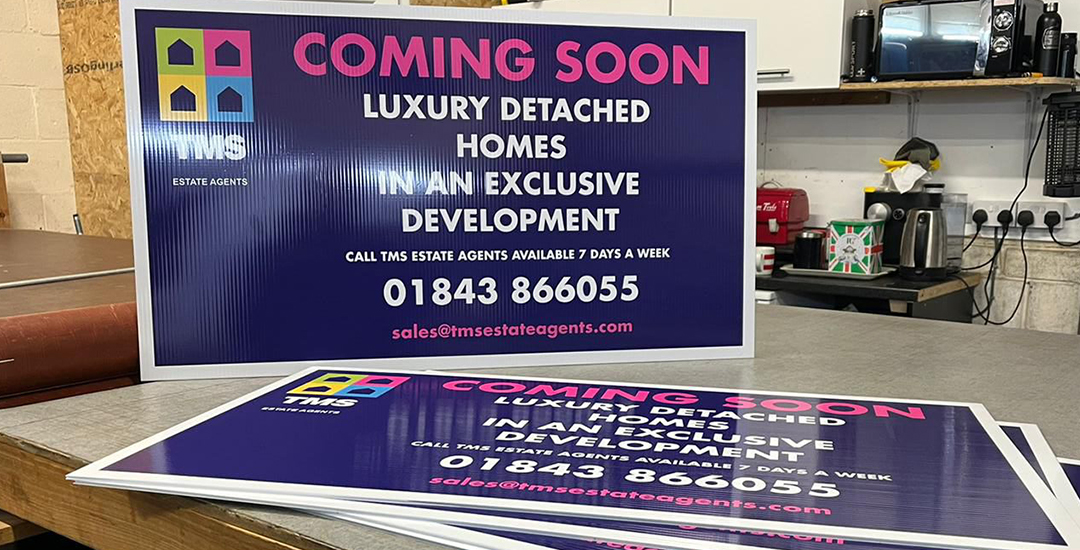Choosing the Right Signage for Your Business
Selecting the right signage for your business is crucial in creating a lasting impression and attracting the right audience. The design, material, and placement of your signage can significantly impact customer perception and drive footfall to your premises. In this post, we’ll explore the factors to consider when choosing the perfect signage for your business.
Understanding Your Business Needs
Before diving into design options, it’s essential to identify the primary purpose of your signage. Are you looking to attract new customers, provide essential information, or simply enhance brand recognition? For example:
- Retail Shops: Often require illuminated shopfront signs or window graphics to stand out on the high street and showcase products or promotions.
- Offices: Typically use directional and interior signs to guide visitors through the building and reflect a professional atmosphere.
- Restaurants and Cafés: Benefit from exterior signs that reflect their unique style, along with indoor menu boards and directional signs..
By understanding your business’s specific needs, you can narrow down the types of signs that will be most effective.
Types of Signage to Consider
The next step is to explore the various signage options available, each offering unique benefits:
- Illuminated Signs: Ideal for businesses that operate in the evenings or in low-light conditions. These signs enhance visibility and can be customised with LED lights to match your brand’s aesthetic.
- 3D Shop Signs: Add a professional and eye-catching dimension to your storefront. They are typically crafted from durable materials like acrylic, metal, or wood, offering a long-lasting solution.
- Window Graphics: Great for utilising window space to display business hours, promotional messages, or product images. These graphics are versatile and can be updated seasonally to keep your messaging fresh.
- A-Boards and Pavement Signs: Perfect for attracting foot traffic and showcasing daily offers or events. They are portable and can be strategically placed to maximise visibility.
Boosting Brand Recognition
Consistency is key in branding. Incorporating your logo, colours, and brand elements into your signage helps reinforce your identity. When customers see your signage consistently displayed across your shopfront, vehicles, and marketing materials, it strengthens brand recall, making it easier for them to recognise and recommend your business.
Design Elements: Colour, Font, and Style
When designing your signage, colour, font, and style choices should align with your brand identity. Here are some design tips to consider:
- Colours: Use colours that are consistent with your branding to reinforce recognition. Contrasting colours help improve readability, especially for signs viewed from a distance.
- Font: Choose simple, bold fonts that are easy to read. Avoid overly decorative fonts, as they can be challenging to decipher quickly.
- Imagery: Incorporate logos or graphics that visually represent your business. However, avoid overcrowding the sign with too many elements, as this can reduce its impact.
Materials Matter
The material you choose for your signage affects both its durability and visual appeal. Here’s a quick overview of common materials:
- Acrylic: Offers a sleek, modern look, ideal for illuminated and 3D signs. It’s weather-resistant, making it suitable for both indoor and outdoor use.
- Metal: Provides a high-end, polished finish, often used for shopfront signs. Metals like aluminium are rust-resistant and suitable for exterior applications.
- Vinyl: Commonly used for window graphics and banners. It’s flexible, cost-effective, and perfect for temporary or seasonal signage.
Your choice of material should consider factors such as location (indoor vs outdoor), weather conditions, and the desired lifespan of the sign.
Placement and Visibility
The placement of your signage is crucial to its effectiveness. Here are some placement tips:
- High Street Locations: Opt for illuminated shopfront signs or projecting signs that are easily visible to passers-by.
- Offices: Use clear directional signs at eye level to guide visitors through the building.
- Retail Windows: Utilise window graphics and vinyl decals at strategic points to grab attention and convey key messages.
Ensuring your sign is well-lit, free from obstructions, and positioned for maximum visibility is key to attracting customers.
Regulations and Permissions
In the UK, you may need planning permission for certain types of signage, especially illuminated or large exterior signs. Always check with your local council’s guidelines before installing new signage to ensure compliance with regulations.
Conclusion
Choosing the right signage for your business requires careful consideration of your brand, target audience, location, and budget. By understanding the various types of signage and focusing on effective design, you can create signs that not only look great but also serve your business’s goals. Investing in quality signage is an investment in your brand’s visibility and customer appeal.

